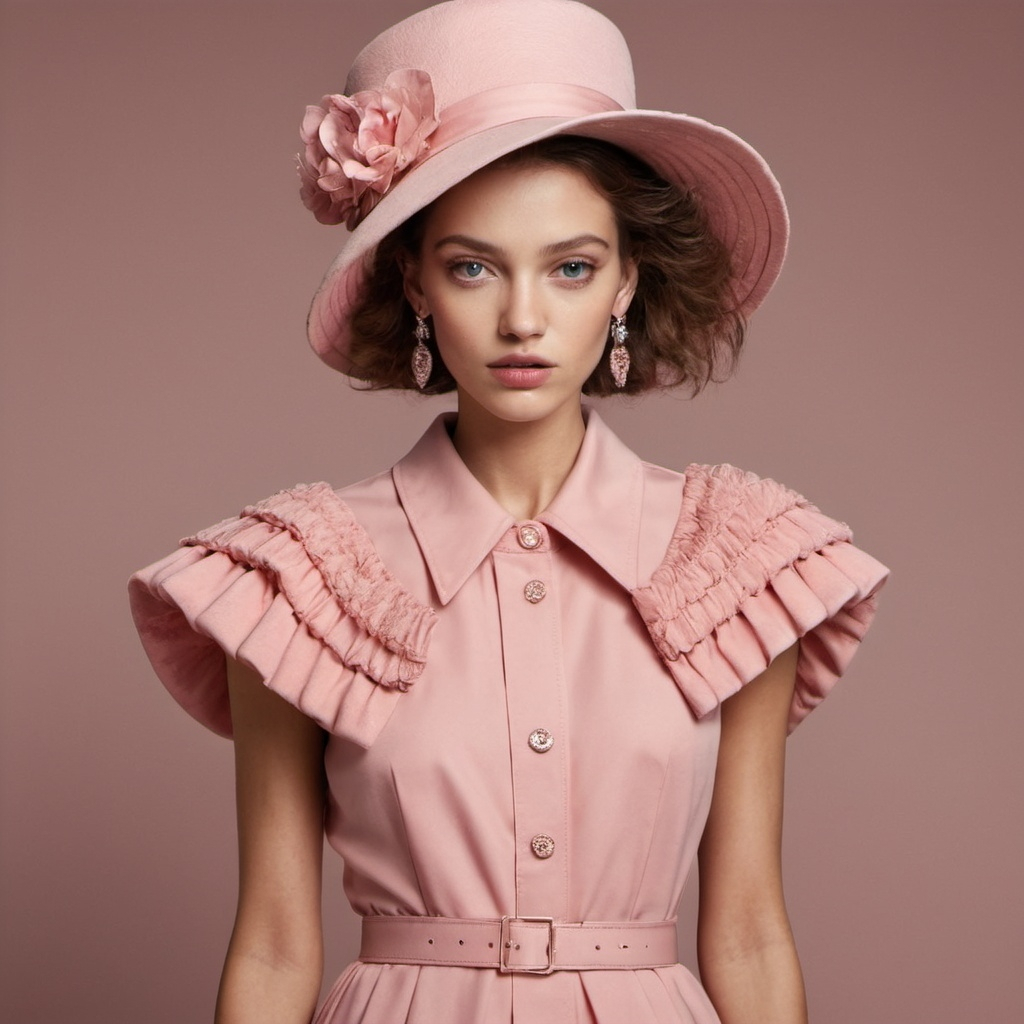Fashion photography is much more than just capturing stylish clothes or beautiful models. It is a powerful tool that shapes and communicates a brand’s identity, helping it stand out in a crowded market. In the fashion industry, where first impressions are often made through visuals, the role of fashion photography cannot be overstated. It plays a crucial role in defining how a brand is perceived by its audience, influencing everything from brand loyalty to consumer behavior.
Creating A Visual Identity
The essence of fashion photography lies in its ability to translate a brand’s identity into a visual narrative. This process begins with a deep understanding of the brand’s core values, mission, and target audience. A luxury brand, for example, might want to convey exclusivity, sophistication, and timeless elegance. In contrast, a streetwear brand might emphasize boldness, youth culture, and rebellion. These abstract concepts are made tangible through photography, where every element—from the model’s pose to the lighting—serves to reinforce the brand’s message.
The photographer, in collaboration with creative directors, stylists, and marketing teams, carefully selects elements that align with the brand’s identity. This includes the choice of models, locations, props, and even post-production techniques. Each photograph becomes a piece of the brand’s visual language, telling a story that resonates with its audience. Consistency in these visual elements is key to building a recognizable and cohesive brand image, which is essential for brand recall and loyalty.
Shaping Consumer Perception
Fashion photography plays a significant role in shaping how consumers perceive a brand. The emotions and ideas evoked by a photograph can influence a consumer’s decision-making process. For instance, a brand that uses bright, vibrant colors and dynamic compositions in its photography is likely to be perceived as energetic and youthful. On the other hand, a brand that employs monochromatic tones and minimalist compositions might be seen as sophisticated and understated.
The impact of fashion photography on consumer perception extends to the broader brand narrative. Through carefully crafted images, brands can position themselves in specific market segments, attract their desired customer base, and communicate their values. This is particularly important in an era where consumers are increasingly seeking brands that align with their personal values and lifestyles. A strong visual identity, supported by compelling photography, can help a brand connect with its audience on a deeper level, fostering emotional connections that drive loyalty and advocacy.
The Role Of Photography In Brand Differentiation
In the highly competitive fashion industry, differentiation is key to success. Fashion photography offers brands a unique opportunity to distinguish themselves from competitors. By developing a distinctive photographic style, brands can create a unique visual signature that sets them apart. This might involve innovative use of color, unconventional compositions, or a focus on particular themes or concepts that resonate with the brand’s identity.
For example, a brand known for its sustainable practices might use photography to highlight its commitment to the environment. This could involve shooting in natural settings, using eco-friendly materials in styling, or featuring models who embody the brand’s ethos. Such imagery not only differentiates the brand but also reinforces its core values, making it more appealing to consumers who prioritize sustainability.
The Digital Influence
The rise of digital media has amplified the importance of fashion photography in capturing brand identity. With the proliferation of social media platforms like Instagram, Pinterest, and TikTok, brands have more opportunities than ever to engage with their audience through visual content. Fashion photography plays a central role in these interactions, providing a constant stream of images that keep the brand top-of-mind for consumers.
Digital platforms also offer brands the chance to experiment with different styles of photography and receive immediate feedback from their audience. This real-time interaction allows brands to refine their visual identity based on consumer responses, ensuring that their photography remains relevant and impactful.
E-commerce is another area where fashion photography is crucial. High-quality images are essential for online retailers, where consumers rely on visual information to make purchasing decisions. In this context, fashion photography not only captures the aesthetic appeal of a product but also conveys its quality, fit, and overall value proposition. Effective e-commerce photography can reduce return rates, increase conversion rates, and enhance the overall shopping experience.
Conclusion
Fashion photography is an indispensable tool for capturing and conveying brand identity. It allows brands to create a visual language that resonates with their audience, shapes consumer perception, and differentiates them from competitors. In an industry where visuals play a central role, investing in high-quality, strategic photography is essential for any fashion brand looking to build a strong, lasting identity. By understanding and leveraging the power of fashion photography, brands can create a compelling visual presence that not only attracts attention but also builds meaningful connections with consumers.
